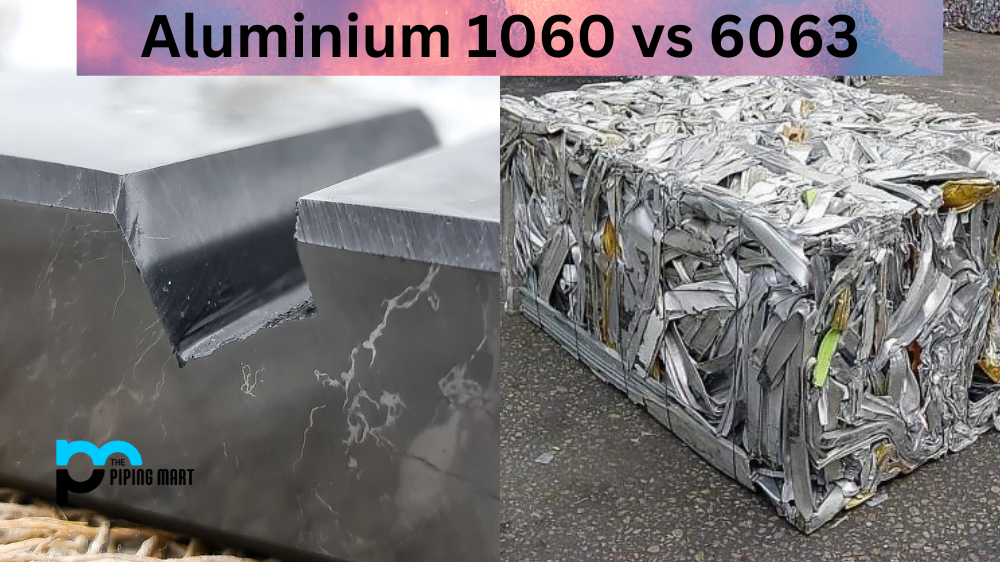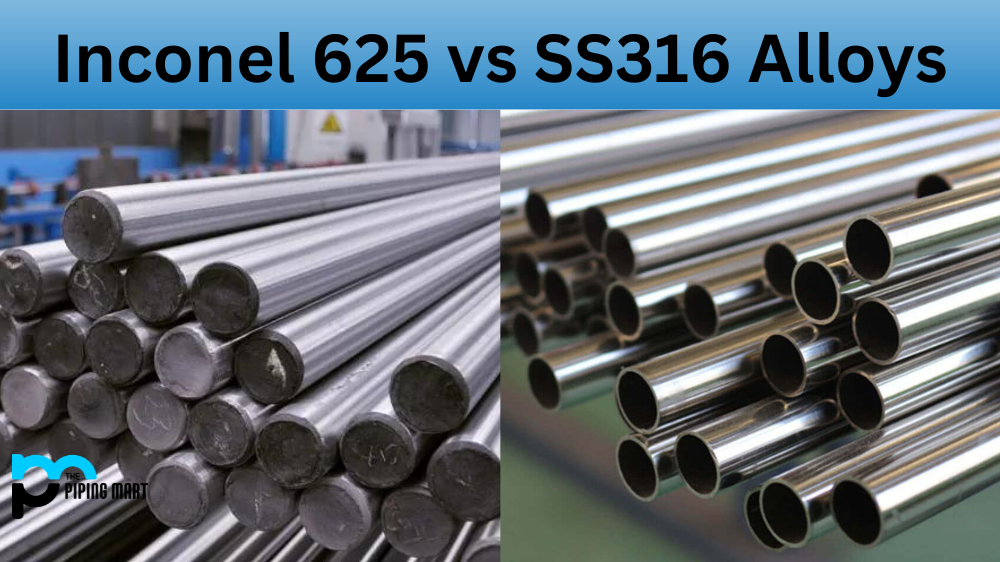When it comes to selecting metal alloys to use for manufacturing, Duralumin and aluminium are two of the most commonly used metals. Both have their unique features and benefits that make them a popular choice. However, many people still need clarification about the differences between Duralumin and aluminium and which one to choose for their project. This article will look closer at Duralumin vs aluminium and help you make the right choice.
Difference Between Duralumin and Aluminium
Composition and Properties
Aluminium is a lightweight, silvery-white metal abundant in the Earth’s crust. It is highly resistant to corrosion and has excellent thermal and electrical conductivity. Aluminium is also non-toxic, malleable, and ductile–qualities that make it ideal for various applications.
On the other hand, Duralumin is an aluminium alloy containing copper, magnesium, and manganese. It is an excellent shock-resistant and malleable metal prized for its strength-to-weight ratio. Duralumin is commonly used in aircraft, automobile parts, and sporting equipment.
Strength and Durability
One of the primary differences between Duralumin and aluminium is their strength and durability. Duralumin is stronger than aluminium, with much higher tensile and yield strength. This strength makes it ideal for high-stress applications, where it can handle much higher loads without breaking.
Aluminium is also quite durable, but it does not have the strength that Duralumin has. However, aluminium has the advantage of being highly resistant to corrosion and erosion, which makes it ideal for outdoor applications.
Weight
Another significant difference between Duralumin and aluminium is their weight. Aluminium is incredibly lightweight, making it ideal for applications where weight is significant. For example, aircraft manufacturers prefer aluminium alloys because of their lightness.
Although also a lightweight metal, aluminium is lighter than Duralumin is lighter. However, its strength-to-weight ratio is unmatched, making it an excellent choice for applications that require high strength without increasing weight.
Cost
The cost of Duralumin vs aluminium is another significant difference when choosing your metal. Duralumin is more expensive than aluminium due to the additional elements added to the alloy to improve its strength and durability. While this extra cost might be worth it for critical applications, it might be optional for small-scale projects.
Conclusion
Choosing between Duralumin and aluminium can be challenging, depending on your specific application and budget. Aluminium is an excellent choice for applications that require a lightweight, corrosion-resistant metal, while Duralumin is ideal when high strength and durability are crucial. Ultimately, deciding which metal alloy best meets your needs is up to you.

Meet Bhavesh, a seasoned blogger with a wealth of knowledge and experience. From metal products manufacturing to retail, Bhavesh has a diverse background in various industries and is dedicated to sharing his insights and expertise with readers.




